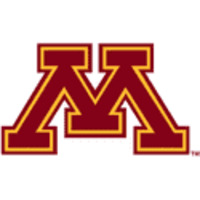Panthadad2
Well-known member
- Joined
- Sep 20, 2015
- Messages
- 7,501
- Reaction score
- 6,886
- Points
- 113
Could be me, but I get the feeling that beyond some minor wrinkles, there seems to be a conceding to the impression that we can't throw the ball effectively. The only real lever seems to be the element of surprise. Hard to do if when you get too far behind. It would be interesting to see if running with tempo intermittantly (speeding things up) could loosen things up.
I love the ball control offensive strategy for the Gophs (it helps the defense), but I would love to see the Gophs offense dictate the terms with tempo in certain spots. It seems like defenses are using the "sideline look back" time to substitute and camouflage schemes. Go on attack on occasion.



